Presenting your project
Designer Leanne Fischler explains how she puts together her portfolio of a project.
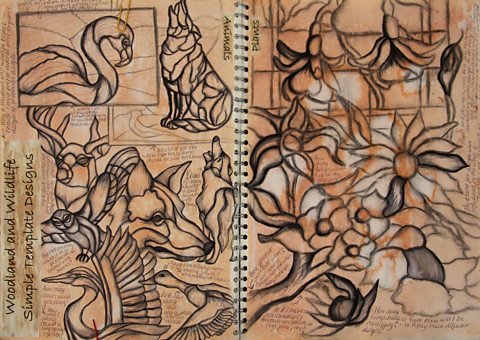
You should put together a body of work that reflects your progress through your project. It needs to show the journey from your initial theme, brief or task through to your finished piece.
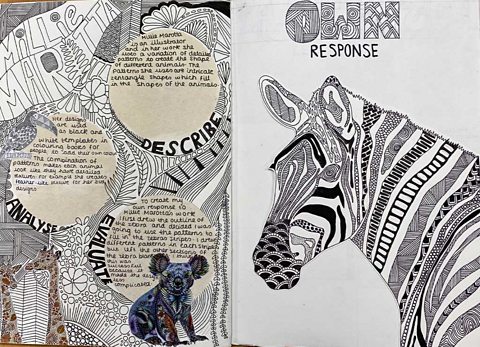
You can present this work in a range of ways, for example a sketchbook, journal, design workbook, a collection of sheets or a digital presentation.
Choose a format that works best for the area you are working in and which will most effectively show your skills. Decide on a style for your presentation that works with the style or theme of your work. For example you might choose a very orderly, geometric layout or a loose and flowing organic arrangement.
Once you have chosen a format and style of presentation, stick to it. This will help your work seem consistent. However, make sure that your work is shown in a way that is varied and visually interesting. Try altering the position, size and number of images across different pages, sheets or slides.
Don't spend a long time thinking about fancy layouts, backdrops or decoration. The aim is to present your work well rather than dressing it up.
What to include
Concentrate on your visual work to explain your project. Select images that tell a step-by step story of how you got from your starting point to your final piece.
Not everything you show has to be finished or perfect. Including tests and experiments is often the best way of showing your decision making and development.
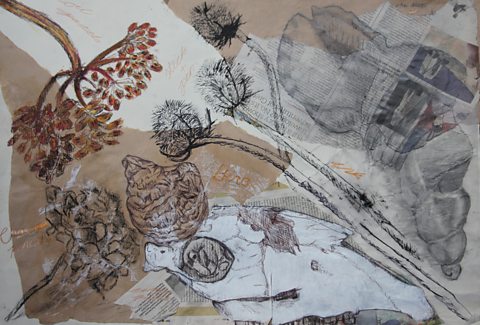
Don't include everything you did. If you aren't happy with the quality of something you did you don't have to use it. It can sometimes be useful to show less successful work if it helps explain why you chose a different idea or technique.
For any images you are thinking of including ask yourself:
- Is this a good reflection of the quality of my work?
- Does this help tell the story of my project?
If you can't answer yes to one or both of these questions, you might do better to leave that image out.
Notes and annotation
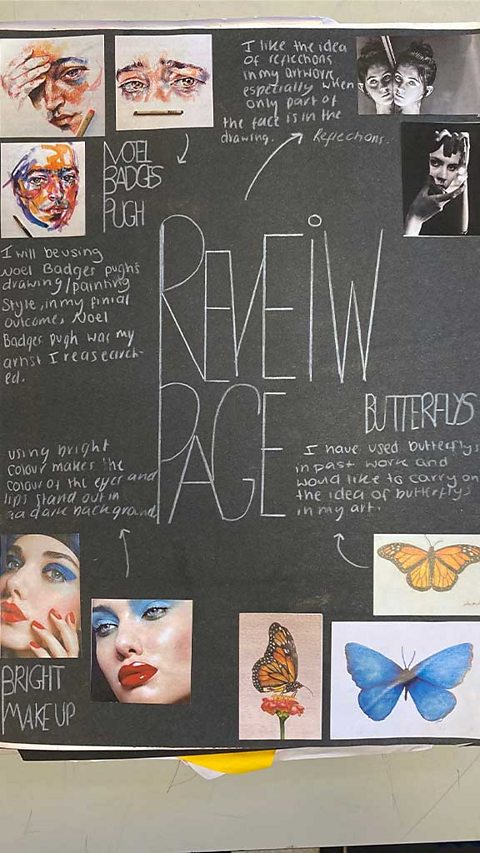
Use notes and annotation to support your visual work. Don’t use annotation to describe what can be seen. Use it to explain:
- where an image fits in your process
- what you were trying to achieve
- how successful (or not) it was and why
- how this led to your next steps
Don't let your notes distract from your visual work. Avoid fonts or handwriting that is so large, colourful or detailed that it grabs all the attention. Keep your notes neat and small. Think about where to put them, so that it is clear what image they refer to and so that they fit with your overall presentation layout and style.
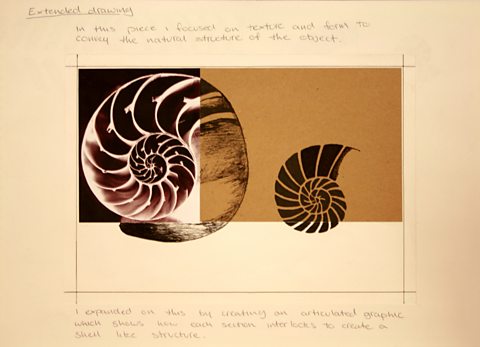
More guides on this topic
- Finding inspiration - OCR
- Responding to stimuli - OCR
- Analytical drawing - OCR
- Developing ideas - OCR
- Creating a design brief - OCR
- Experimenting with materials and techniques - OCR
- Recording and observing - OCR
- Annotating your work - OCR
- Analysing and evaluating - OCR
- Externally set assessment - OCR